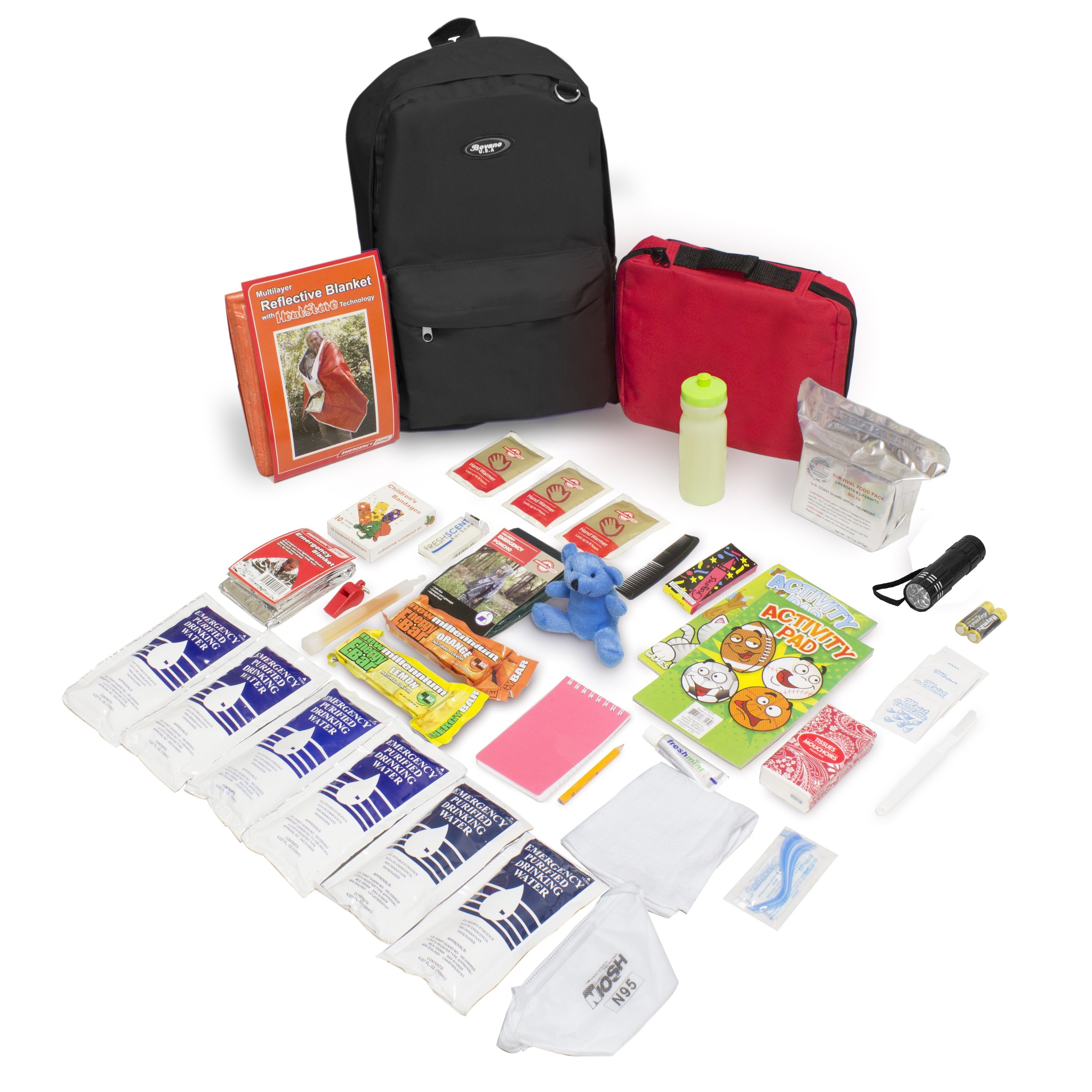
U-PAK
Build your own bug-out-bag
How it works
-
1.
Purchase the U-PAK backpack and storage system.
-
2.
Purchase your tools and supplies.
-
3.
Get your stuff and pak it.
Let’s Get Started
Step 1
Get the U-PAK system, which consists of the durable and spacious READY72 Backpack and internal modulization system to store all of your gear.
Step 2
Select the individual components from the following categories to complete your kit.
Food & Water
The Minimum Survival Standard (MSS) recommends the following for a personal go-bag:
A go-bag should contain a minimum of 0.8 gallons (3 liters) of drinking water per person and/or a means of purifying a minimum of 1.5 gallons (5.7 liters) of collected freshwater per person.
A go-bag should contain a minimum of 6,300 kcal worth of lightweight, shelf-stable food per person.
Clothing
The Minimum Survival Standard (MSS) recommends the following for a personal go-bag:
A go-bag should contain one complete change of clothing appropriate for the climate and season for each person, including a durable pair of shoes or boots. Consider durable, lightweight, breathable, and moisture-wicking options.
Dedicated Clothing Pouch
The U-PAK System comes with a dedicated clothing pouch to store your clothes. And, the backpack contains plenty of room for extra items like shoes and a jacket.
Shelter
The Minimum Survival Standard (MSS) recommends the following for a personal go-bag:
Objective: Provide a means of achieving adequate protection from the elements containing sufficient space, privacy, and emotional security for each person. Recommendation: A go-bag should contain a portable, lightweight shelter, like a tent.
Health & Medical
The Minimum Survival Standard (MSS) recommends the following for a personal go-bag:
Objective: Provide tools, equipment, and supplies to address personal hygiene and medical needs. Recommendation: A go-bag should contain items for oral care, perineal care, feminine hygiene (if applicable), sanitizer, an NIOSH-rated N95 Mask, close-fitting safety goggles, and an OSHA-rated first aid kit. A first aid kit should include advanced bleeding control items, such as a commercial tourniquet if an individual has received proper training. A go-bag should also have a 72-hour supply of any prescription medications, a list of medications with dosages, a list of medical and surgical history, and contact information for primary care physicians.
Communication & Navigation
The Minimum Survival Standard (MSS) recommends the following for a personal go-bag:
Objective: Access critical emergency information from authorities to aid in decision-making and be able to navigate away from an area being affected by a hazard. Recommendation: A go-bag should contain a local area map with a compass for navigating, an NOAA weather band-capable radio for receiving emergency information, and a whistle for signaling for help.
Tools & Sustainability
The Minimum Survival Standard (MSS) recommends the following for a personal go-bag:
Objective: Have the ability to start and maintain a fire, provide light, and alter, repair, or patch a variety of materials. Recommendation: A go-bag should contain a foldable saw, small shovel, water & wind-proof matches or a lighter, flashlight or headlamp, rope, duct tape, and a pocket knife or multitool.
Special Considerations
The Minimum Survival Standard (MSS) recommends the following for a personal go-bag:
Objective: Provide for financial, disability, access, or functional needs. Recommendation: Cash in small bills and copies of important financial, insurance, medical, and personal identification documents.
























































